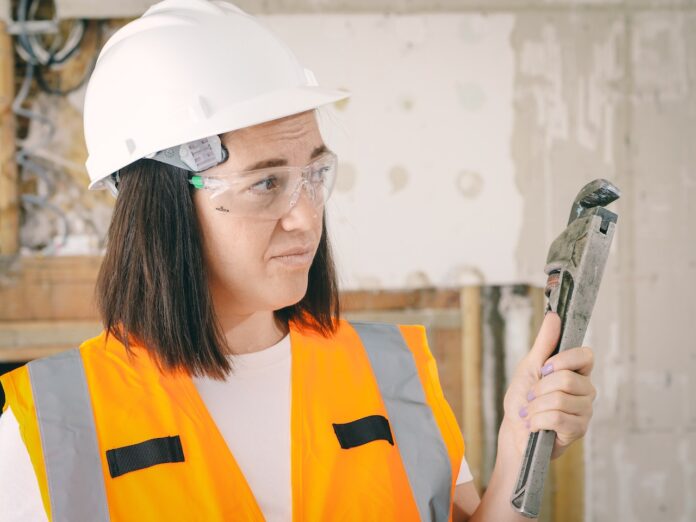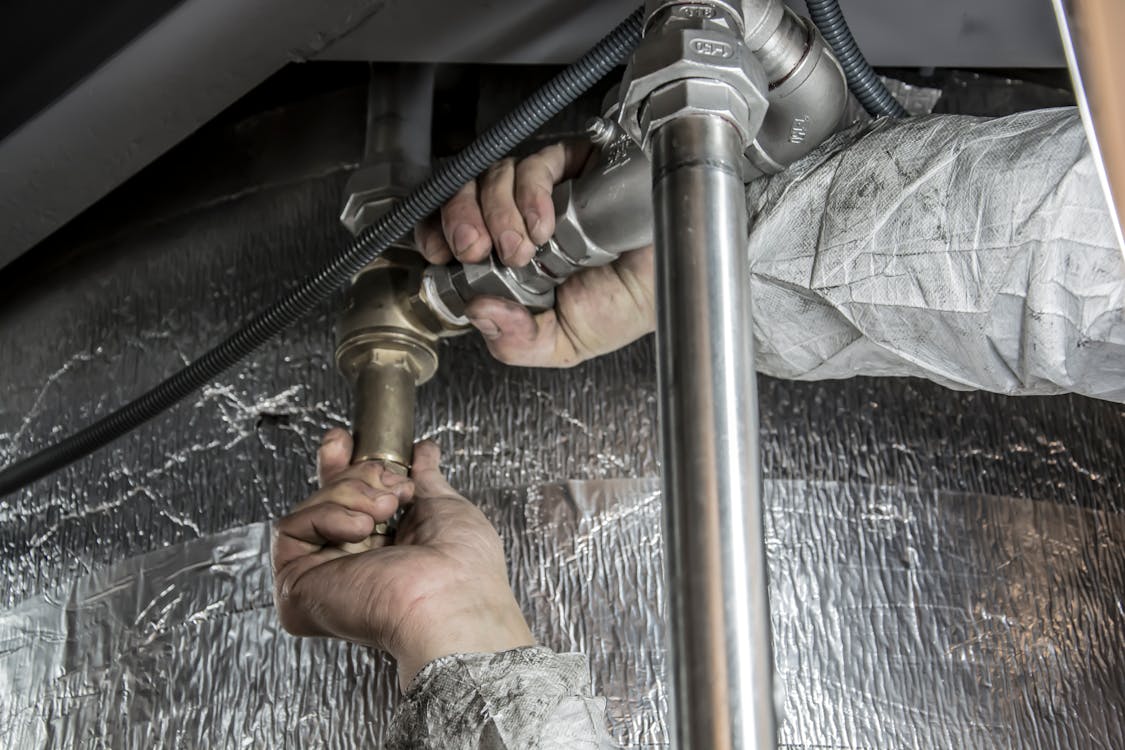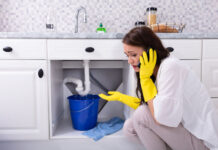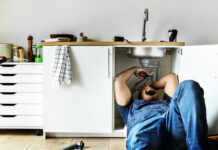
When dealing with plumbing crises, being prepared and acting swiftly might save you hundreds of dollars in damage repairs that you would have otherwise needed to pay for. If a pipe in your house cracks or bursts, you will certainly want the assistance of a trained expert to carry out the necessary repairs.
Because of the extreme expansion and contraction that pipes go through throughout the winter. Direct contact between the pipe and the soil in the surrounding area. The fact that the soils contain sulfur is one of the primary factors contributing to the pipe’s deterioration. A pipe rupture resulted from improper positioning and leveling of the ground where the pipe is to be put.
Nevertheless, there are specific significant actions like emergency plumbing you can do in the interim while waiting for them to come that may prevent the harm from getting even more severe.
Table of Contents
The Most Effective Ways To Repair A Pipe That Has Burst

Your house’s pipes may need to be repaired by a professional if they break or burst. In the meantime, you can take some steps to prevent further damage while waiting for them to arrive.
A few of them have been mentioned below.
Make Sure Your Water Main Is Turned Off
Turn off the main valve that supplies water to your home. If you believe any electrical sockets or the fuse box may have been contaminated by the water leaking from the broken pipe, take the necessary measures and switch off the power.
If you own a house, the main valve that shuts off the water supply should be located within the house at some location. First, check the regions behind the water heater and your home’s cellar and crawl spaces. If you can’t find it inside, look on your property near the street for a metal lid and see if it’s there. If not, check inside.
Keep A Record Of All Of The Damages

If you want to err on caution, you should take your documentation of all the damages. Take several high-quality photographs and videos of all the regions that have been harmed and every place that the water has made contact with. You should save these pictures and videos for your records and submit them to the person adjusting your claim. Having more paperwork than you believe is required is always preferable rather than needing more to show all the damages. It is always better to have more documentation than you think is necessary.
Begin Removing Water
When satisfied that you have collected adequate evidence of all the damages, you may enter the affected area and begin the cleanup process. To be safe, we suggest you wear some personal protective equipment, such as rubber boots, gloves, and a mask. These safety precautions are recommended for your protection.
If the quantity of water is manageable, you can remove it using a bucket and a mop. On the other hand, if the flooding is more severe, you may need some equipment. A wet/dry vacuum will be of great assistance in removing standing water in a timely and effective manner.
Turn On The Water Supply In The Neighboring Fixtures
A sudden increase in pressure is the most common cause of pipe failure. For example, it may occur in the winter when water freezes within a pipe and continues to freeze and expand, raising the water pressure between the ice blockage and the closed faucet at the end of the pipe.
You can alleviate the pressure by opening the taps on the faucet, preventing any more issues. However, doing so will allow any water that may still be trapped inside of them to escape. So be cautious to ensure that the faucets are left open until the plumber comes to do any required repairs.
Throw Away Items That Are Damaged
Even while getting rid of the water in the room is necessary, it will only assist with issues on the surface. If water has already been absorbed into the carpets, walls, or floors, there is a significant risk that other problems, such as dangerous mold and mildew, might arise later.
If any goods cannot be dried out quickly, it is generally advisable to remove them and dispose of them. If you are unsure whether the flooding caused by your broken pipe has soaked the regions below the surface, you should consult with a water damage repair firm to find out if there is a potential for mold growth.
Put An End To The Water Supply By Turning Off The Main Valve
If you have a pipe that has burst, you need to locate the main valve that shuts off the water supply. When you discover a pipe has broken and is leaking water, immediately turn off the main water valve that supplies the home.
It would help if you switched off the power to protect yourself from being shocked by excessive voltage. If the pipe that burst is in a room with electrical outlets, the breaker panel, or any other kind of electrical equipment, then anybody who wades through the water runs the risk of being electrocuted.
What Causes The Pipes To Burst?

The failure of any pipe to function properly may be brought on by a variety of factors, some of which are as follows:
- When there is a significant potential for extreme temperature differences between day and night, such as during the summer when it is boiling during the afternoon and during the winter when it is freezing, there is a greater likelihood of the pipes bursting.
- Chemical reactions and corrosion may occur between the soil’s components and the material of the pipe if it has unfavorable features, such as a high sulfur content or a supply of sulfur. These adverse properties may be caused by the soil’s existence in a specific region. Because of responses like this, pipelines constantly risk bursting under atmospheric conditions.
- Pipes can burst very rapidly if they are not leveled correctly and insufficient water flows through them. Therefore, to prevent a pipe from bursting, the soils in the surrounding area need to be balanced adequately to guarantee that the pipe is placed correctly.
Closing Remarks
It is only sometimes possible to avoid plumbing crises, but if you are familiar with the warning signals, you can determine whether or not a pipe is broken before it either breaks or bursts. For example, if you have frequently leaking faucets, water that is discolored, pools of standing water beneath your sinks, or an increase in your water bill, these are often specific symptoms that something is wrong with your pipes.







